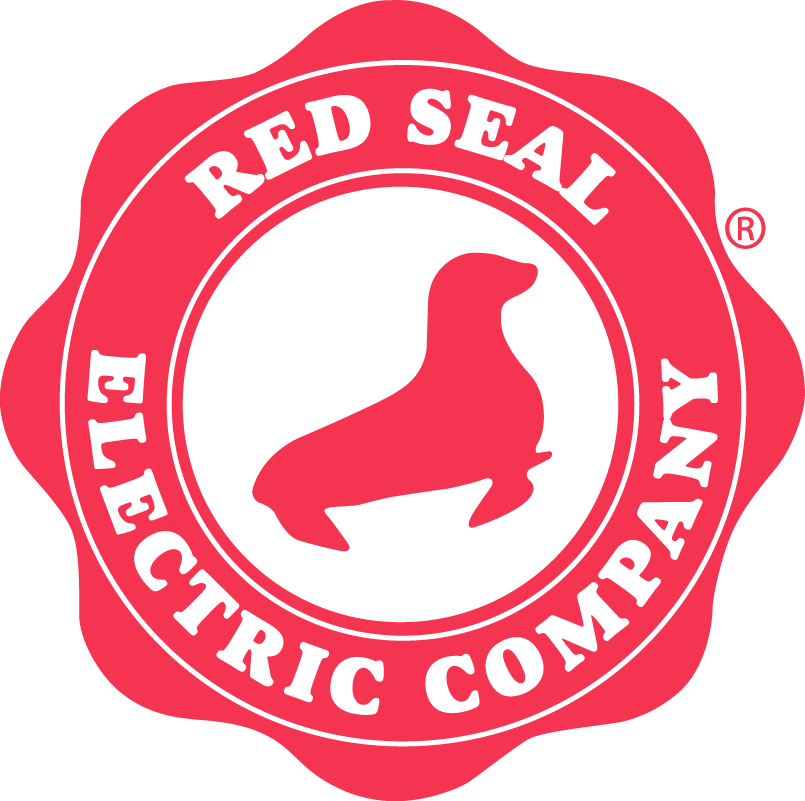5 Ways Non-Metallic Parts Can Reduce Your Manufacturing Carbon Footprint
At Red Seal Electric Company, we are dedicated to sustainability and work closely with our customers to help lower the overall carbon footprint of manufacturing.
Compared to traditional metallic parts, non-metallic fabrication offers many distinct advantages that result in lower carbon emissions, not only during the manufacturing process, but throughout the entire lifecycle of the parts.
Let’s examine some of the primary benefits non-metallic parts have over traditional materials when it comes to reducing carbon emissions:
1. Lightweight Materials Improve Energy Efficiency
Non-metallic parts are significantly lighter than traditional metals. This weight reduction can lead to substantial energy savings over time, directly lowering emissions during transport and use.
2. Lower Energy Requirements During Manufacturing
Unlike metals such as steel, which require high heat and heavy machinery to produce, many non-metallic materials, like plastics and composites, can be manufactured using low-heat applications and injection molding processes. These energy-efficient methods help reduce carbon emissions during fabrication.
3. Extended Part Lifespan Reduces Waste
Composite and non-metallic materials are highly resistant to corrosion, chemical exposure, and wear. Their durability leads to a longer lifespan, meaning fewer replacements over time. In turn, this translates to lower material consumption, reduced energy use, and fewer emissions overall.
4. Recyclability and Circular Economy Benefits
Many non-metallic parts can be made from recycled materials or are recyclable themselves. This supports a circular economy, where products are reused, remanufactured, or recycled at the end of their life rather than being discarded. A circular approach significantly cuts down on waste, conserves natural resources, and reduces environmental impact.
5. Superior Insulation Reduces Energy Loss
Metallic parts are often poor insulators, contributing to energy inefficiency. Non-metallic materials, on the other hand, typically provide superior insulation. In industrial and building applications, this can lead to reduced heating and cooling demands, ultimately lowering energy consumption and emissions.
ISO Certification and Environmental Standards
At Red Seal Electric, we hold ISO Certificate No. 02.168.2 (ISO 9001:2015) and maintain strict compliance with ISO environmental standards.
When we partner with you, we’ll ensure our fabrication processes align with your organization’s specific climate-related goals and sustainability standards.
Partner with Red Seal Electric Company for reliable fabrication solutions
At Red Seal Electric Company, we’re committed to overcoming fabrication challenges with precision, efficiency, and expertise. Whether you need custom parts, complex designs, or reliable on-time delivery, we have the skills and technology to get the job done right.
Contact us today to learn how we can support your next project.

